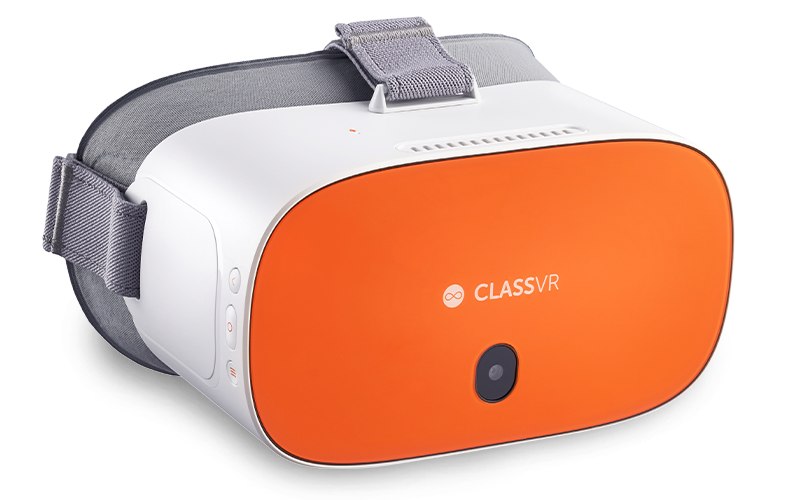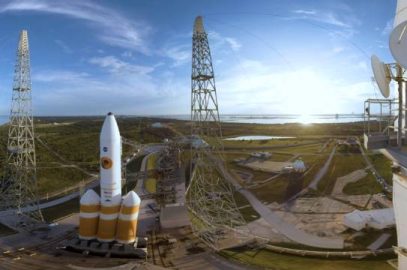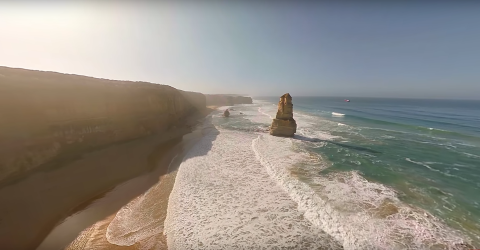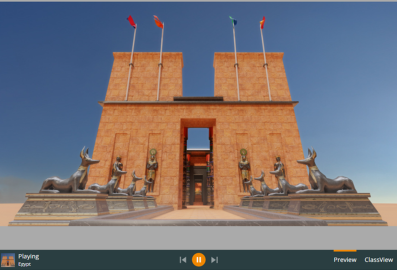Issue 2: Facilitating Imagination
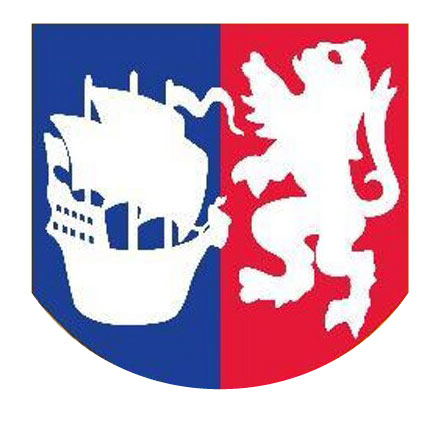
Simon Luxford-Moore of Erskine Stewart’s Melville Schools (ESMS) in Edinburgh – a unique family of schools with a ‘diamond’ approach to education catering to 2800 students – takes the spotlight in Issue 2 of Virtual Footprints. Simon has taught for over seventeen years and has enjoyed a variety of roles at ESMS from Class Teacher (Primary 3), Year Group Leader (Primary 2, Primary 3, Primary 5 and Primary 7) and now as eLearning Coordinator across the three schools. Whilst an advocate for the effective use of technology, Simon endeavours to ensure the focus is on teaching and learning, rather than the devices themselves, and has been a ClassVR Pioneer for 12 months.
What brought you to VR as a learning tool?
I visited the Scottish Learning Festival with the expectation of expanding the use of new technology. Being new to my role at ESMS, I was very keen to focus on tools that improve not only teaching and learning, but also day to day teacher practice.
What made ClassVR stand out?
We’ve been ClassVR users now for around a year, and we decided to take the plunge after I’d investigated Red Box, Lenovo and Google Expeditions. We were worried about purchasing a tool that would limit teacher creativity around the resource and were naturally very excited by the prospects of ClassVR due to it having such a broad use case.
How has ClassVR changed the learning experience at ESMS?
A classic lesson for Primary students is learning about different seasons and the weather; historically we would show the children different environments on the flat panel screen and ask them to describe what they were looking at.
When moving this into Virtual Reality with ClassVR, it was simple to load images and videos onto our headsets that reflected different weather environments (there’s plenty of suitable images and videos in the ClassVR portal but you can also find other media elsewhere) and spent time allowing the students to experience the different weather environments in a similar fashion to what I would have usually shown on the panel.
The level of language and emotional vocabulary improved noticeably and dramatically. Students moved past the classic “it looks sandy” and “it’s snowy” and moved on to far more emotive language. I was hearing words like “humid” (bearing in mind these were 5 year olds!) and “it’s really sweaty in this place” or “it feels cold”. ClassVR directly improved the engagement and quality of the work after the activity.
What do you think is the reason for the improvement you mention here?
When I started teaching, I remember how many lessons could start with “Now I’d like you to imagine”. We’d be studying the WW1 and say, “I want you to imagine you’re in the trenches, you’re going to write a letter home” or the generic creative writing lesson “Imagine you’re in a forest at midnight”.
I look back and think “How can students imagine that?”. Maybe a small percentage that have watched a film with a dark forest in, or experienced it somewhat in a videogame, would be able to imagine this to an extent but there’s no way they can really understand the feeling of being there! The great thing about VR is that we can facilitate their imagination.
We can drop them into the trenches, let them experience the sounds and imagery as if they were really there themselves and that’s why they find it easier to empathise with someone who actually was there. I hasten to add that no teacher (in their right mind) would take a group of 5 year olds to a forest at midnight either… so it really is the next best thing!
What about older students?
I remember learning Spanish at school and hating the listening exam. In hindsight, I’m much more of a visual than auditory learner. I would hear the scripted audio and I’d do my best to translate in my head as I write down the answer in English.
It’s hard to understand context in this scenario, and it’s well documented that a very high percentage of communication is visual. Something we’re working on right now is actually walking through real life environments in VR – walking down the High Street, through a market, a pub, shopping centres – 360 videos of the sights and sounds, instead of just listening to a scripted cassette. Listening to the audio of two people in the studio having an artificial conversation compared to seeing live communication within the environment, it all leads to a more thorough understanding with better knowledge retention and recall.
You hear the same audio, the same conversations, customers talking outside a bank, someone shouting at you trying to sell you cheese – it all has context – and, of course, there is an element of fun too, due to the immersive nature of VR as a tool.
If you’re enjoying yourself whilst learning it’s always going to be more memorable!
ESMS
ESMS is a unique family of independent schools for boys and girls in Edinburgh offering Nursery, Primary and Secondary education. Children are taught together from Nursery to Primary 7 after which they then enjoy the benefits of single-sex but very closely twinned Senior education before joining together again in a co-educational Sixth Form.
Virtual Footprints
Virtual Footprints brings you closer to teachers using VR in their lessons. Bite-sized interviews on the use of VR/AR in schools provide a platform for teachers to share their experiences with ClassVR.
Will McNeil, International Sales Executive at Avantis, works with the ClassVR international partner network to introduce VR/AR to education across the world. If you’re thinking of how best to implement a VR solution or are interested in becoming a ClassVR Pioneer, don’t hesitate in getting in touch directly.
